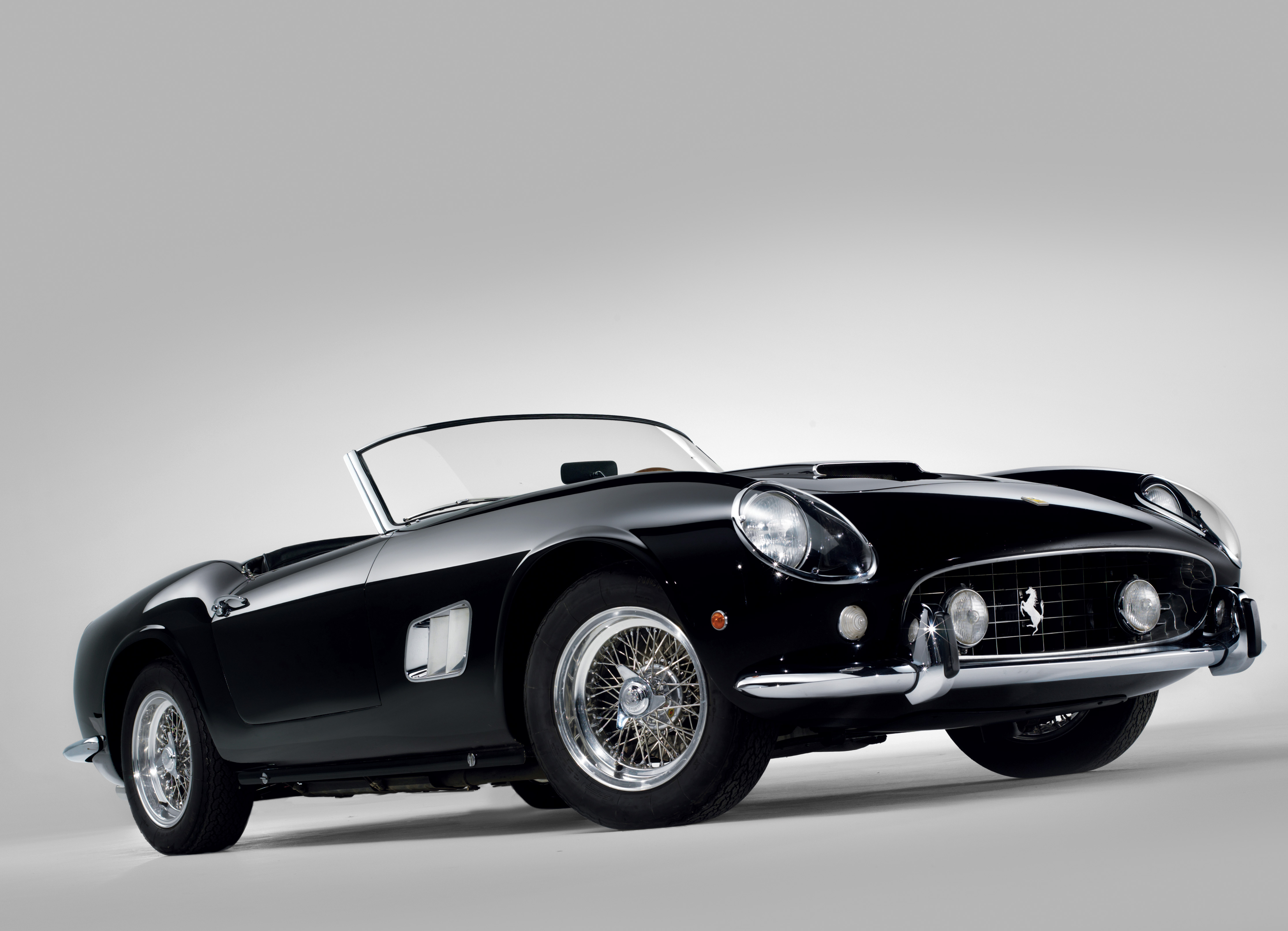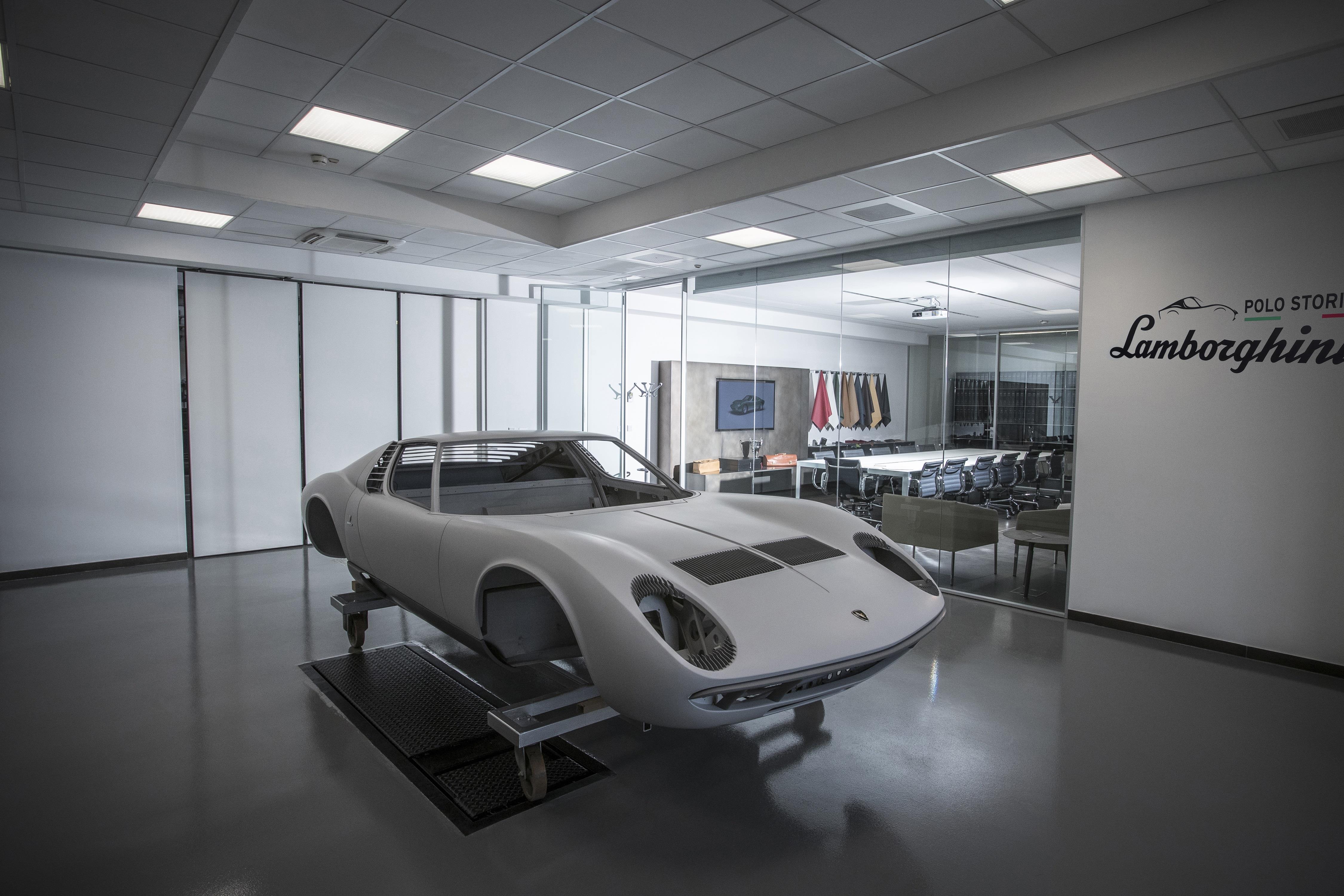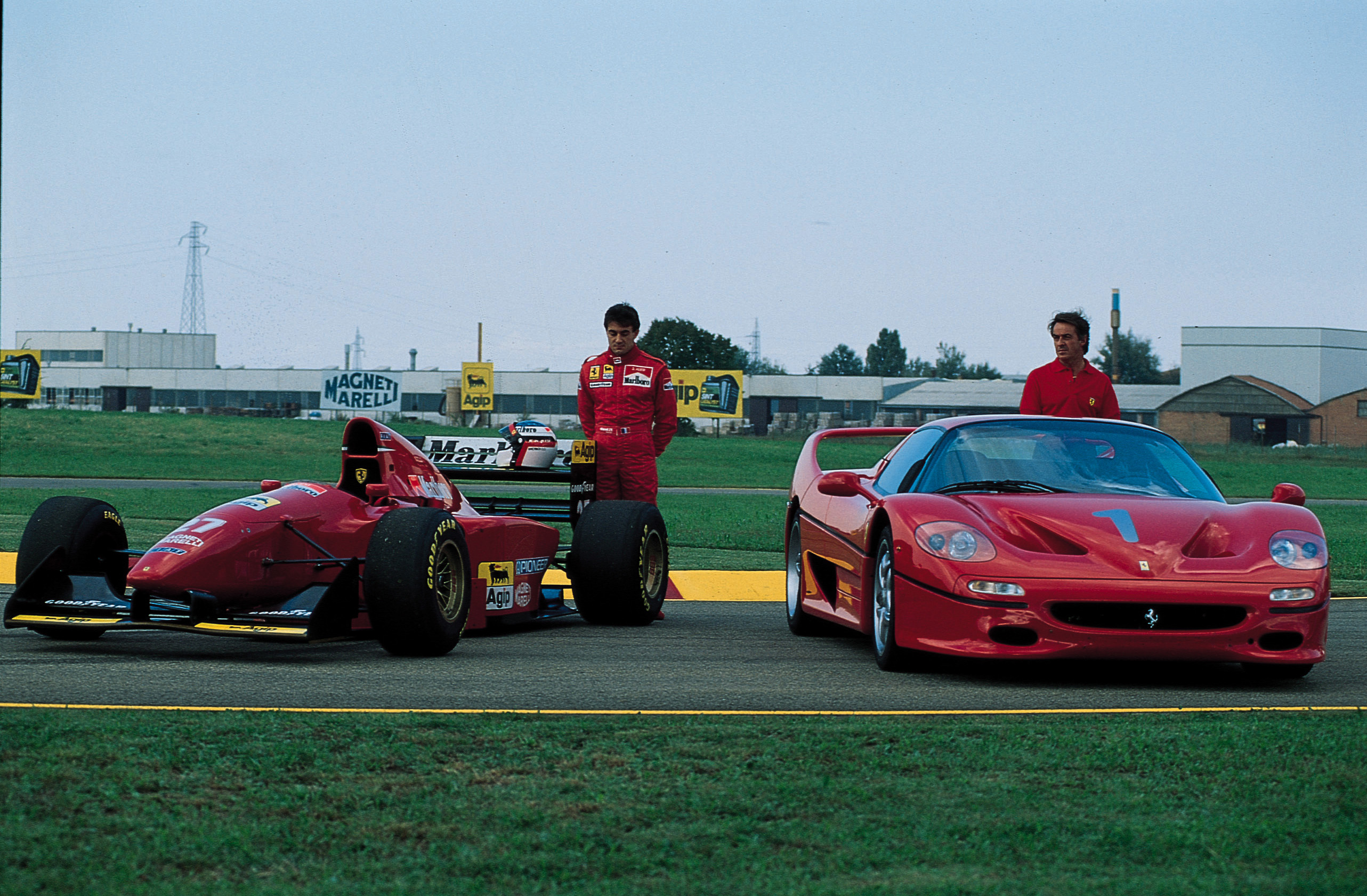On May 18th, 2008, the collector car market crossed a line it could never uncross.
At RM Sotheby’s Leggenda e Passione sale in Maranello — held on Ferrari’s own Fiorano Circuit — a 1961 Ferrari 250 GT SWB California Spyder, formerly owned by Hollywood icon James Coburn, sold for €7,040,000. It was a new world record for a 250 GT California at auction and an emphatic statement about where the market was headed.
But the significance of this moment goes beyond the price. It represents a turning point in how collectors, investors, and the public perceived the very top of the Ferrari pyramid.
Because after Coburn’s California, everything changed.
The 250 GT SWB California Spyder has long been considered one of the most beautiful and balanced Ferraris ever made. Just 56 examples of the short-wheelbase version were built between 1960 and 1963 — marrying the competition-proven chassis of the 250 GT SWB Berlinetta with an open body styled by Pininfarina and built by Scaglietti.
The result was a car that was equally at home on the Concours lawn or the track at Le Mans. Under the bonnet: Ferrari’s beloved 3.0L Colombo V12, producing 280 horsepower through triple Weber carburettors. Top speed was 150 mph. The lines were timeless. The appeal was universal.
By the early 2000s, the model had already earned its place in the pantheon. But the market had yet to catch up.
That changed when Coburn’s car crossed the block.
2008 was not an obvious time for exuberance. Global markets were teetering, and the collapse of Lehman Brothers was just four months away. Yet in Maranello, a perfect storm of factors converged:
-
A blue-chip Ferrari
-
Celebrity ownership
-
Factory documentation and restoration pedigree
-
And a growing global audience watching online
The buyer was Chris Evans, the British radio host and Ferrari obsessive, who famously paid in full — and instantly reset the market’s ceiling.
Overnight, the Coburn sale did for collector Ferraris what the Paul Newman Daytona would later do for vintage Rolex: it redefined the emotional and financial value of provenance.
Coburn’s California became the benchmark. Within five years:
-
SWB California values had doubled, with prime examples selling for $10M–$12M.
-
By 2015, a steel-bodied 1961 California SWB sold at RM Sotheby’s Amelia Island for $17.16M.
-
In 2016, a barn-find alloy California SWB — one of just 37 — was discovered in Baillon’s collection and sold by Artcurial for €16.3M.
From that moment forward, Californias became currency. They were no longer just dream cars — they were asset classes. The Coburn sale had ignited a pattern: rarity + provenance + Ferrari = exponential gain.
At the same time, this moment helped shift focus toward authenticity. Collectors became more attentive to restoration quality, factory certifications (like Ferrari Classiche), and documentation.
In short: Coburn’s car didn’t just raise the bar — it redefined what the bar was.
Today, more than 15 years later, James Coburn’s California Spyder remains a cornerstone case study in how emotion, provenance, and scarcity converge to drive real value.
At Engine Notes, we don’t just admire these stories — we track their impact. Because every collector car sits on a timeline, and this car sits near the inflection point.
Here’s what we’ve seen in the years since:
-
Current top-end SWB Californias trade in the $14M–$18M USD range. One sold at Pebble Beach in 2023 for $18.04M.
-
LWB Californias, by contrast, typically trade at $7M–$11M, showing the importance of both mechanical spec and visual proportions.
-
Cars with celebrity ownership (e.g., Coburn, McQueen) and early restoration by Ferrari Classiche command an additional 15–30% premium.
-
Auction records continue to confirm that rarity alone isn’t enough. Buyers want verifiable history, honest originality, and deep documentation.
And crucially: the 2008 Coburn sale helped to professionalise and globalise the market. The sale was broadcast, dissected, and remembered — and with it, Ferrari's brand equity moved beyond racing and into legacy investment.
Today, we help our members understand the why behind a car’s value — not just its spec sheet. The Coburn Spyder reminds us that a great car doesn’t just appreciate. It resonates. And that resonance can last for decades.




